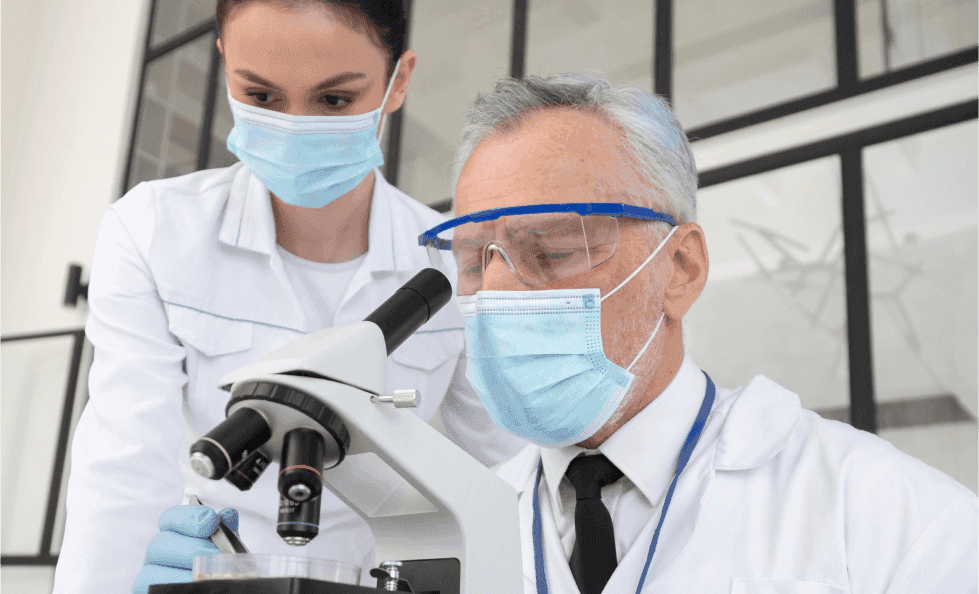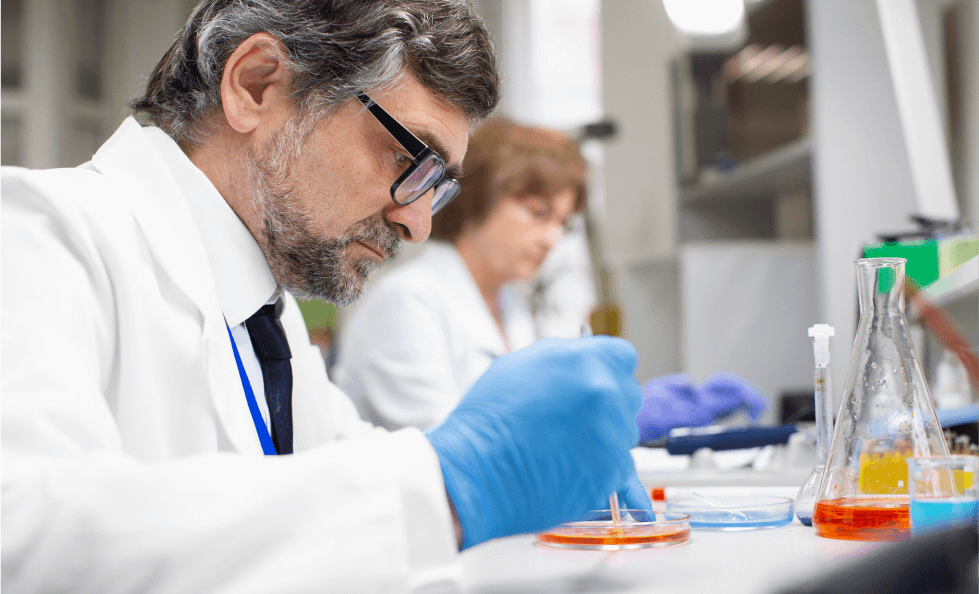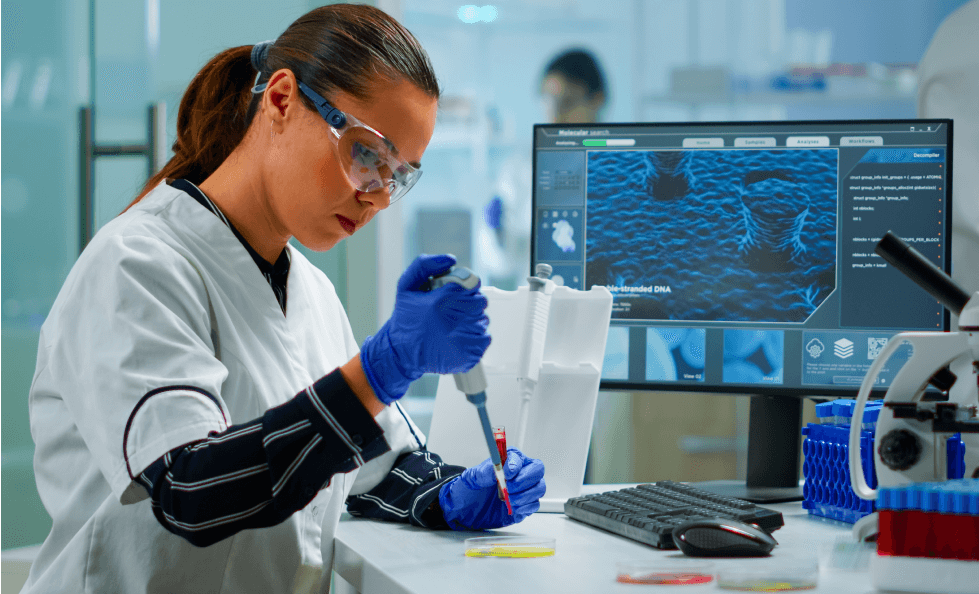- Swiss testing laboratory
AATCC 30

Hassle-free testing experience
Need to get a product tested? No worries! To and fro logistics are on us; we collect your products, test them and, deliver them back to you.
Related tests for you
- AATCC 100
- JIS L 1922
Quick understanding of the test
AATCC 30 – Antifungal Textile Test
- Aspergillus niger (ATCC-16888)
- Chaetomium globosum
- Penicillium varians
- Trichoderma viride
AATCC 30 has four different types of tests , each designed for specific exposure and types of textile tested Know more
- AATCC 30 Test I – Soil Burial test method
- AATCC 30 Test II – Agar Plate, Chaetomium globosum
- AATCC 30 Test III – Agar Plate, Aspergillus niger
- AATCC 30 Test IV – Humidity Jar, Mixed Spore Suspension
Note : AT MIS, we perform AATCC 30 Test III
- Helps manufacturers meet industry and regulatory standards for antifungal treatments.
- It offers multiple test methods suitable for various textiles and exposure conditions.
Turnaround Time
Do you have a product that needs testing?
Abstract
AATCC 30 provides a standardized qualitative test procedure to evaluate the mildew and rot resistance of textile materials and other porous substrates against fungal attack. The method helps determine both the susceptibility of untreated materials to fungal growth and the effectiveness of antifungal or fungistatic treatments applied to fabrics, fibers, or related products. The evaluation is based on visible fungal growth, microscopic observation, and in some cases, measurement of tensile strength loss (for rot resistance).
Products tested
Organisms tested
Organisms typically used in this method include Aspergillus niger (ATCC-16888), Chaetomium globosum, Penicillium varians, and Trichoderma viride.
Test Methodology
AATCC 30 Test III – Agar Plate, Aspergillus niger
Test procedure
- A culture of Aspergillus niger is allowed to grow for 14 days and the resulting spores are then harvested, diluted to prepare an inoculum.
- Both control and treated specimens, are cut to approximately 3.8 ± 0.5 cm in diameter.
- Mineral salts agar plates are prepared for each specimen. Each plate is evenly inoculated with 0.5 mL of the prepared fungal inoculum, and both test and control specimens are moistened with a non-ionic wetting agent to enhance absorption of the inoculum.
- After placement on the agar surface, each specimen is directly inoculated with fungal suspension.
- Plates are then incubated at 30 ± 2 °C for 14 days.
- After the incubation period, the specimens are evaluated both macroscopically and microscopically
- Fungal growth is evaluated according to a standardized grading scale to determine the antifungal efficacy of the treated material.

Importance of Antifungal resistance test
Fungal contamination of textiles can result in discoloration, odor, mechanical degradation, and health concerns. AATCC 30 test method helps manufacturers verify that their materials maintain durability and performance, especially in humid environments. It also validates the effectiveness of antifungal or antimicrobial finishes by comparing treated and untreated specimens, providing reliable data to support product development and treatment selection. The method uses standardized fungal strains such as Aspergillus niger ATCC 6275, with controlled incubation parameters, enabling reproducible and comparable results across laboratories, promoting consistency in testing.
Strengths of AATCC 30
- The test method uses stringent conditions which makes it a good indicator of antifungal activity of the test specimen compared to less stringent test methods
- This method has a lesser incubation time of 14 days, allowing the quicker turnaround in comparison to other test methods.
Limitations of AATCC 30
- This standard test is limited to Aspergillus niger ATCC 6275.
- The results are qualitatively evaluated and do not provide precise measurements of fungal growth inhibition or quantitative data on material degradation.
- The high test stringency may underestimate the efficacy of milder antifungal finishes.
Microbe Investigations Switzerland (MIS), we run antifungal activity assays on treated textiles and plastic materials used for daily activities, industrial purposes, and other areas susceptible to fungal growth. Our experts adhere to International Standards for achieving reliable, accurate, and reproducible results.
To get a quote on the AATCC 30 test and other related queries, get a free consultation from our expert here.
Frequently Asked Questions

DR. Martinoz Scholtz
The AATCC 30 test is a standard protocol used to evaluate the mildew and rot resistance of textile material. The standard employs 4 different types of test methods, depending on the type of textile materials and their intended use.
AATCC 30 test is applicable to different types of materials including cotton, rayon, nylon, silk, wool, linen, polyester, co-acrylic, spandex, viscose, sandbags, tarpaulins, tents, etc.
It takes 4-5 weeks to complete this test.
Aspergillus niger (ATCC-16888).
This test measures antimicrobial effectiveness in textiles by examining their susceptibility to mildew and rot, as well as the efficacy of fungicides. The test involves exposing textiles to fungi and observing the growth of fungi.
This test complies with industry standards for textile safety by following stringent protocols for evaluating the mildew and rot resistance of textiles.
Conducting the AATCC 30 test helps evaluate how effectively textiles resist fungal growth such as mold and mildew. It ensures that antifungal finishes perform as intended, improving product durability, hygiene, and compliance with international quality standards.
Considerations when interpreting the testing results include the variability in environmental conditions, differences in fungal strains, and the specific use case of the textile.
Testing helps validate that your textile products are resistant to mildew and rot growth and the efficacy of the antifungal agent in inhibiting their growth which is required to meet regulatory requirements.
Meet the best of the blend of
R&D, Efficacy Testing,
Innovation and Passionate
Experts at MIS.







